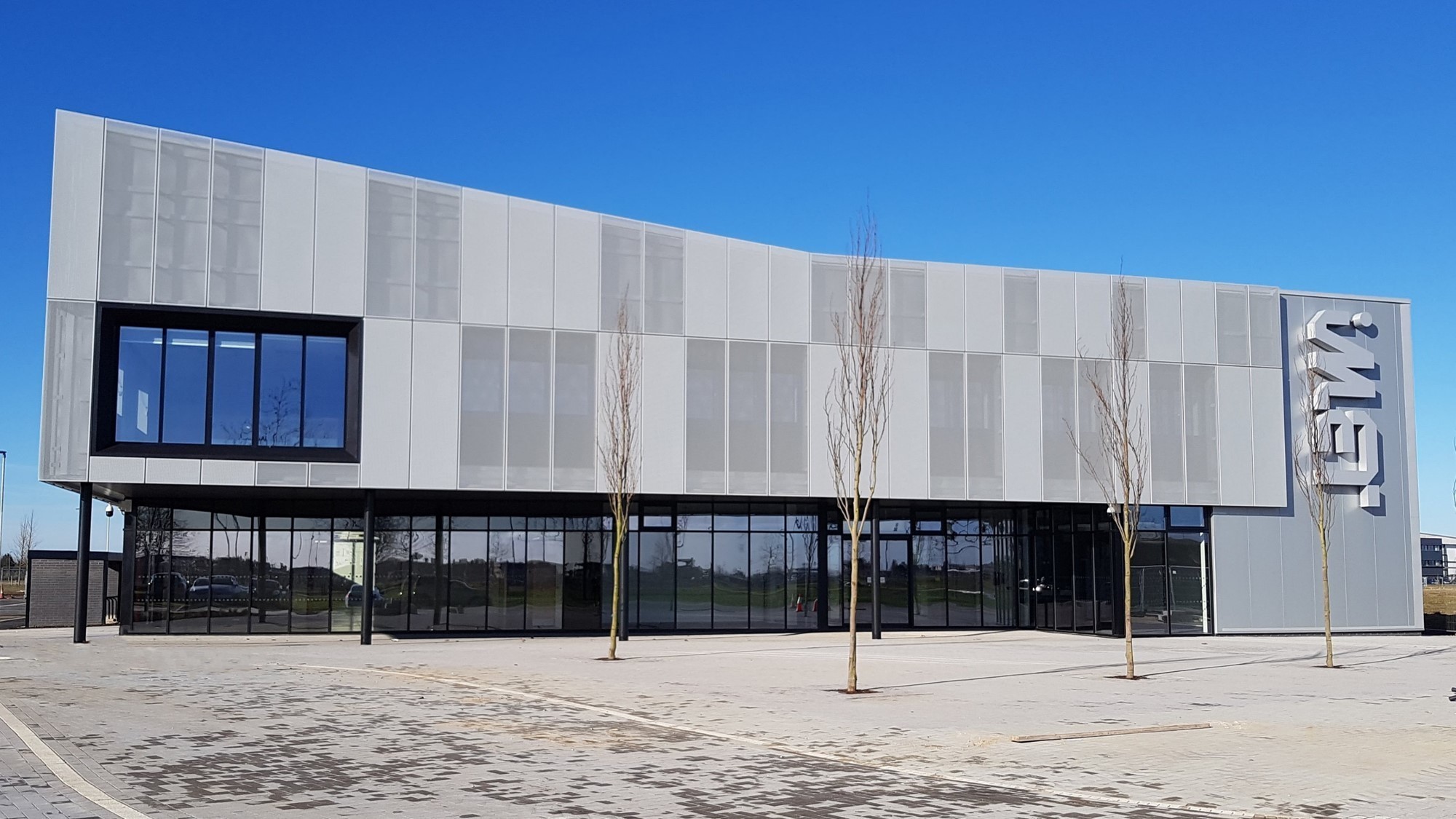iMET - The BIM Journey
BIM has already begun to revolutionise the way in which buildings are designed and delivered, and its collaborative use to optimise design, mitigate risk and maximise cost savings for clients is increasingly being seen across the industry.

There are two significant groups that appear most reticent in the increased application of BIM; clients and the general supply-chain.
Although the Cabinet Office mandate the use of BIM Level 2 for Government departments, there are several reasons why clients are reluctant to adopt BIM, including:
- A general misconception of the application and benefits of BIM
- The use of BIM requires resource at the feasibility stage
- A BIM project requires management in a different way
The delivery of BIM is practical and delivers operational benefits. That said, there is a requirement to provide early, detailed, proposals on the actual proposed use of the building, as well as a need to ensure early adoption by the whole supply chain.
Whilst one of the objectives of utilising BIM for the iMET project was the experience for training, it became increasingly obvious that the model would make the longer-term management of the building more efficient both in terms of planned maintenance and general repairs.
The key challenge with BIM is that the impact of long-term benefits is reliant upon the early involvement of the client, and the client’s application, to facilities management. By shifting focus to the whole-life costs of their building and allocating resources and infrastructure in order to maintain the model, significant life-time savings from the enhanced data and technology available are generated.

Related news

SCAPE's Mandatory & Optional Environmental Standards Set the Benchmark for Compliance and Best Practice
27/11/2025

SCAPE Utilities Frameworks supports £300m of UK port development
17/09/2025

Tier 1, Tier 2 and Tier 3 construction contractors – what’s the difference?
20/08/2025
